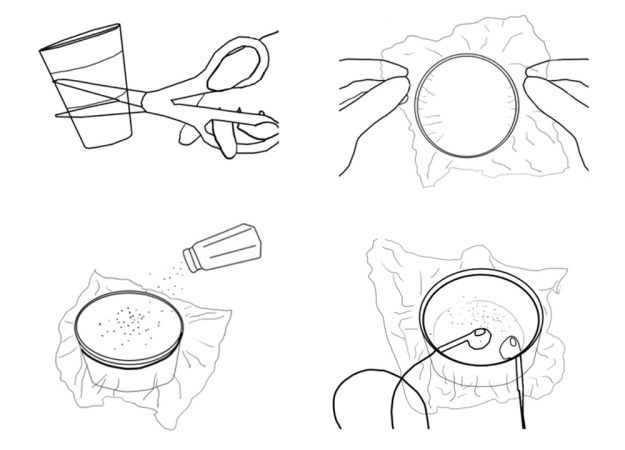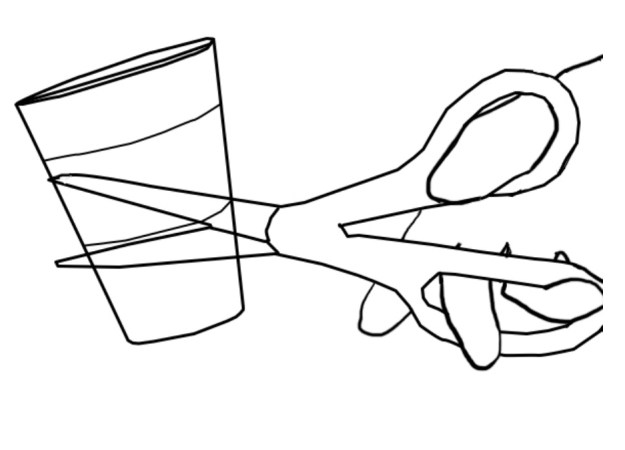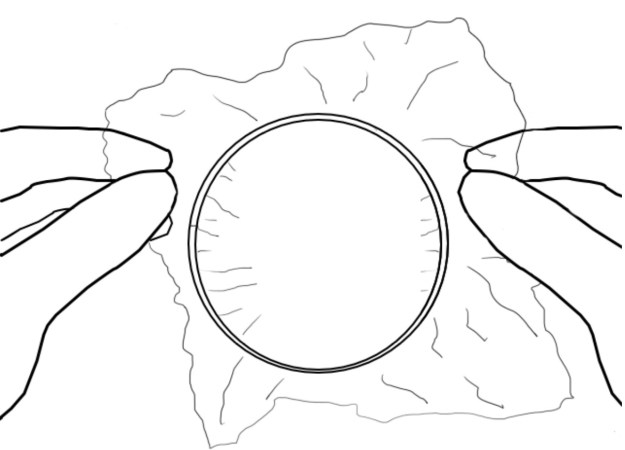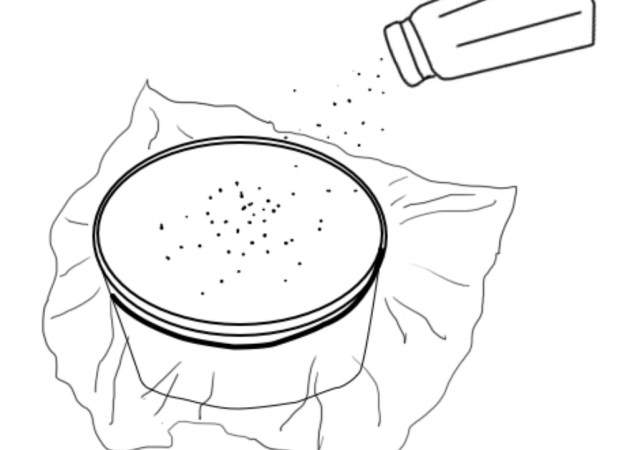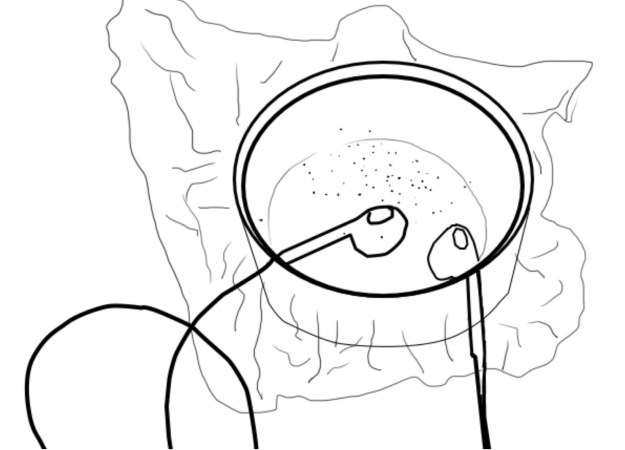Grade Level
6 - 8
minutes
15 min - 1 hr
subject
Physical Science
Activity Type:
model, sound visualization
Sound is the transfer of energy in the form of waves through a substance, or medium, such as air, water, or a flexible solid. You can picture sound waves as a series of nudges that cause particles in a medium to bump into one another in successive collisions. Sound can also travel between different media, which is why you can hear loud music coming from a room with the door closed.
Speakers produce sound waves by vibrating back and forth, compressing or “pushing” air particles. When you hear music coming from a speaker, you are actually “feeling” the sensation of air particles vibrating against your eardrum as the speaker’s sound waves are transferred through the air. Those vibrations are transmitted to your inner ear, where they are converted into information that your brain interprets as a sound. You can distinguish different sounds based on sound waves’ duration, wavelength, wave height (amplitude) and rate (frequency).
In this experiment, you will be able to visualize sound vibrations from speakers by building a portable eardrum model.
- Plastic soda bottle or rigid plastic cup
- Rubber band
- Balloon or plastic wrap
- Sugar, salt, dry ground coffee, flour, cornmeal or other sand-like substance
- Scissors
- Smart phone or small speakers
- *Optional – free tone generating app that produces tones of known frequency
Extension – find the natural frequencies of your model
The frequency of sound is the number of wave cycles that are transmitted per second and is measured in a unit called “Hertz” (Hz). Most systems—like your eardrum model—have a tendency to vibrate more easily and with greater amplitude at certain frequencies than at others. These are called natural frequencies, and they’re determined by various properties of the system, such as its rigidity, size, and mass. When the frequency of sound waves precisely matches the natural frequency of a system, the maximum possible amplitude of vibration is achieved. This phenomenon is called resonance.
Watch the Science Friday video “Patterns Written by Sound” to see a metal plate resonate at different natural frequencies in response to sound.
How many natural frequencies does your eardrum model have? Use the procedure below to find out.
- Download a free tone-generating app to your smartphone. Make sure that you choose an app that allows you to select the frequency of the tone that it generates.
- Position your model eardrum so that the plastic almost touches the phone’s speakers. Use the app to play different sound frequencies loudly while carefully observing the grains of salt on the surface.
- Record which frequencies cause the surface to resonate. The salt on the surface will vibrate more at these frequencies. These are the natural frequencies of your model eardrum. They’re unique to your model based on its size, flexibility, and stretchiness.
- Try switching out your balloon for plastic wrap or a plastic baggie, and see how it changes the natural frequencies of your model.
Standards
MS-PS4-2: Develop and use a model to describe that waves are reflected, absorbed, or transmitted through various materials.
Related Links
The Physics Classroom – Sound waves and music
HHMI Biointeractive – The Cochlea: a dramatic illustration of how hearing happens in the ear.
Find this resource on ShareMyLesson
The Science Behind The World’s Strangest Sounds
Educator's Toolbox
Meet the Writer
About Ariel Zych
@arieloquentAriel Zych is Science Friday’s director of audience. She is a former teacher and scientist who spends her free time making food, watching arthropods, and being outside.

